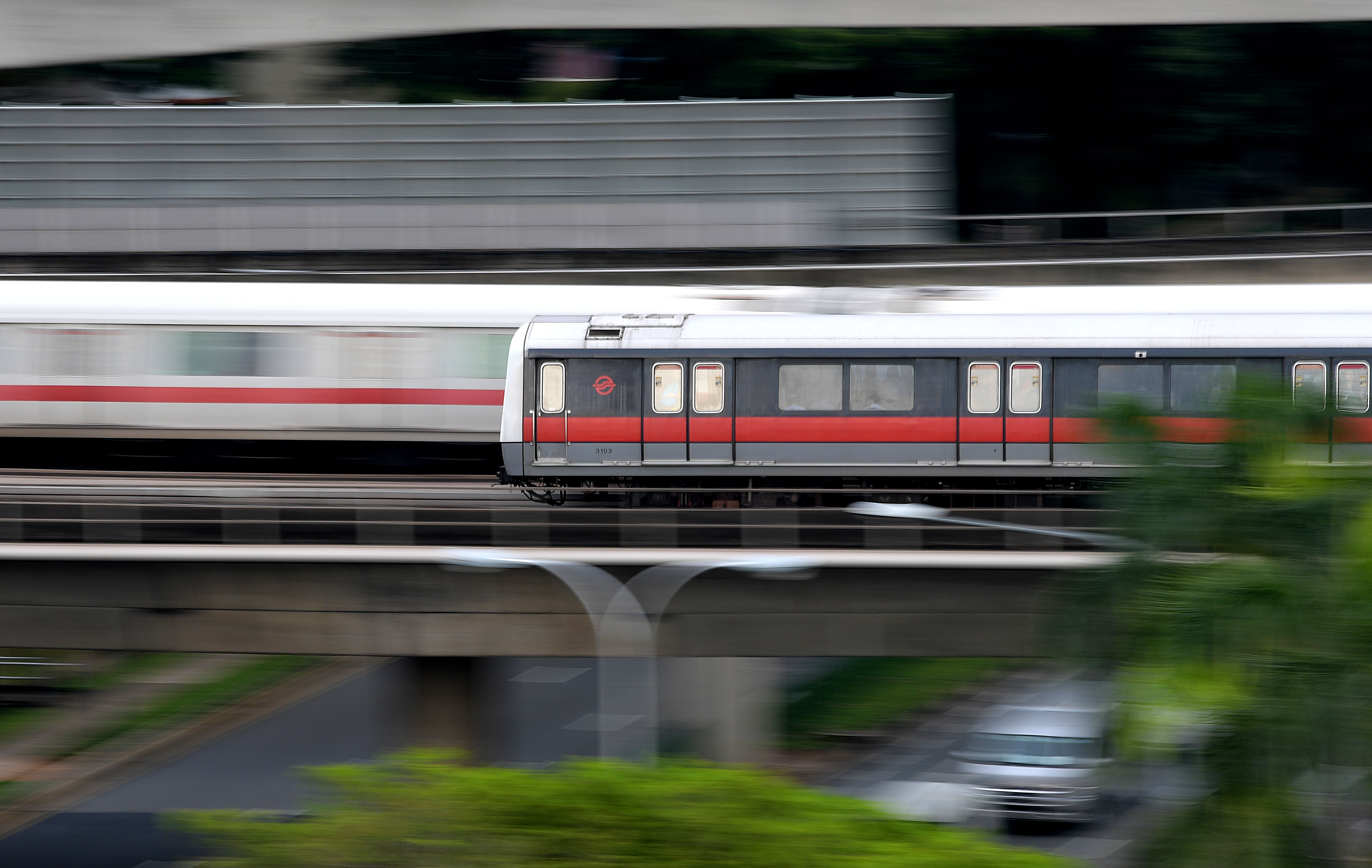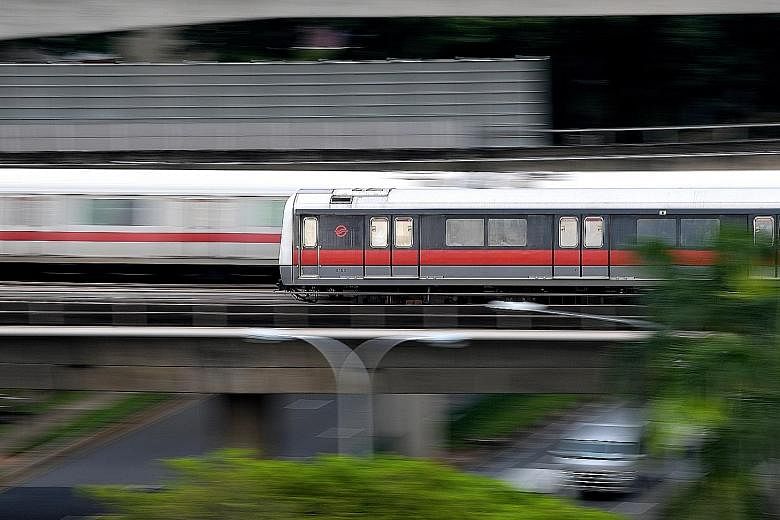The reliability woes plaguing the MRT system have often been blamed on the disconnect of having a public-listed firm, SMRT, run a public transportation system.
Many have questioned whether the pressure of turning in tidy profits for shareholders has compromised the investments required to upgrade and maintain rail infrastructure and trains.
But sweeping reforms have taken place this year to address this conflict, with SMRT's majority shareholder Temasek Holdings buying out and delisting the company, as well as the Government taking over SMRT's rail assets.
The delisting of SMRT from the stock exchange on Oct 31 returns the corporation to state ownership - a fresh start after it went public 16 years ago.
SMRT chairman Koh Yong Guan has said that taking the company private "will allow SMRT to better fulfil its role as a public transport operator without the pressure of short-term market expectations".

Temasek also said it can collaborate more closely with SMRT with it being a private entity.
The delisting comes at a critical juncture of SMRT's transformation, with the Land Transport Authority (LTA) buying over all of its operating assets for about $1 billion.
Under the New Rail Financing Framework (NRFF) - which kicked in on Oct 1 for SMRT - commuters' needs can be better served, the LTA has said. The authority now makes the call on capacity expansion, allowing rail services to be more responsive to ridership changes.
The LTA will also ensure more timely replacement and upgrading of operating assets such as trains and signalling systems, to keep the rail network running smoothly.
Relieved of heavy capital expenditures, SMRT can focus on maintenance and delivering reliable train services.
The NRFF is a significant move, taking almost four years of negotiations between SMRT and the LTA, which now share the costs and revenue risks.
It has been structured to allow SMRT to earn an average Ebit (earnings before interest and taxes) margin of 5 per cent. SMRT pays a licence fee to the Government for the rights to operate train lines.
If SMRT makes substantially more, the LTA can cream off some of the profits through a higher licence fee. The authority can also reduce the fee, should the operator's margins be affected when growth in earnings falls behind costs.
Industry observers and commuters alike have welcomed the two reforms, which they see as vital to turning around the fortunes of SMRT - a company which has been castigated on several occasions for major train disruptions.
The two massive breakdowns on the North-South Line in December 2011 could have been prevented, an inquiry found, if not for shortcomings in SMRT's maintenance and monitoring regimes.
A tunnel leak and inadequate maintenance also resulted in salty deposits accumulating on a third-rail insulator along the East-West Line. This triggered a disruption that simultaneously crippled the North-South and East- West lines on July 7 last year, and SMRT was fined $5.4 million for it.
More recently, a power fault on April 25 triggered an unprecedented breakdown of services along four rail lines - the North-South and East-West lines, the Circle Line and the Bukit Panjang LRT. The evening disruption affected as many as 100,000 commuters.
While these incidents have marred commuters' impression of SMRT, train reliability on its network has improved this year.
SMRT's statistics show that in the first 10 months of the year, the average distance travelled by trains on its North-South, East-West and Circle lines before a major disruption has gone up, compared with the figure clocked last year.
The delisting of SMRT and its move to the NRFF are meant to improve train service further.
While not a disruption in the traditional sense of the word, these significant changes will have long-lasting and, hopefully, positive impact on commuters.
Besides the sweeping changes to SMRT's operations, radical changes to simplify the rail fare structure were also put in place this year.
On Friday, fares for fully-underground MRT lines - the Circle, Downtown and North-East lines - will be lowered to the same level as those for the above-ground North-South and East-West lines.
Adult commuters using travel cards currently pay between five cents and 25 cents more for using underground lines.
Announcing the changes in October, the Public Transport Council (PTC) also said commuters will be charged on the basis of the shortest route between start and end points from Dec 30. Till now, fares have been based on the fastest travel path, which may not always be the shortest.
The PTC said the move will result in commuters always paying the lowest fares possible, while the harmonisation of fares for rail lines will better distribute commuters across the network as some take above-ground lines only to save on fares.


